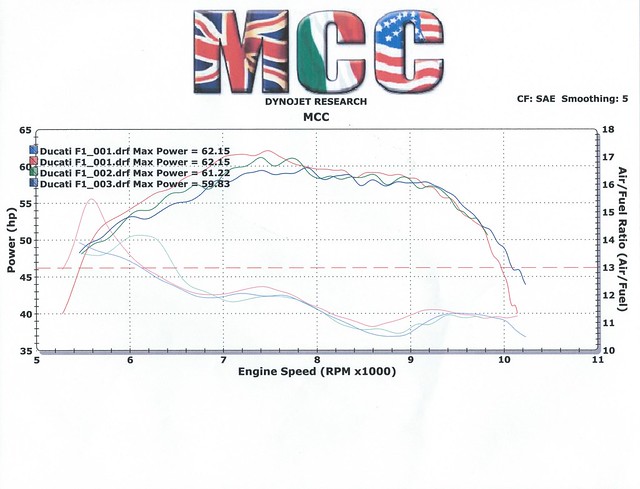The kit I use is the Innovate motorsports 3845 MTX-L available from a number of sellers on ebay. Watch out because the other kit listed has a much longer transfer cable for the car fitment. It comes with a Bosch wide band Llamnda sensor, High quality cable and waterproof connectors and a steel female threaded plug to weld into the exhaust. All the kit to link it up to a data logging system too.
Fit the gauge up front somewhere, link it to an earth and 12v feed from the loom after the main switch. The first time you turn it on, it will run a diagnostic check for a free air reading. Bingo, that's it.
In a perfect world you would weld one plug in each down pipe, then take individual readings. However, we all know to run a slightly bigger jet in the rear anyway, as the front carb is almost flooding at rest. I just weld the one into the underside of the collector pipe at the back of the engine. You don't really see it there, and it is well protected from being damaged.
The gauge reads from zero to 22.4. The lower the reading, the richer the mixture. 12.5-13.5 is the goal, but clearly 12.5 is the safe side of the burn ratio so make up your own mind.
Technology, don't you just love it ?
|
